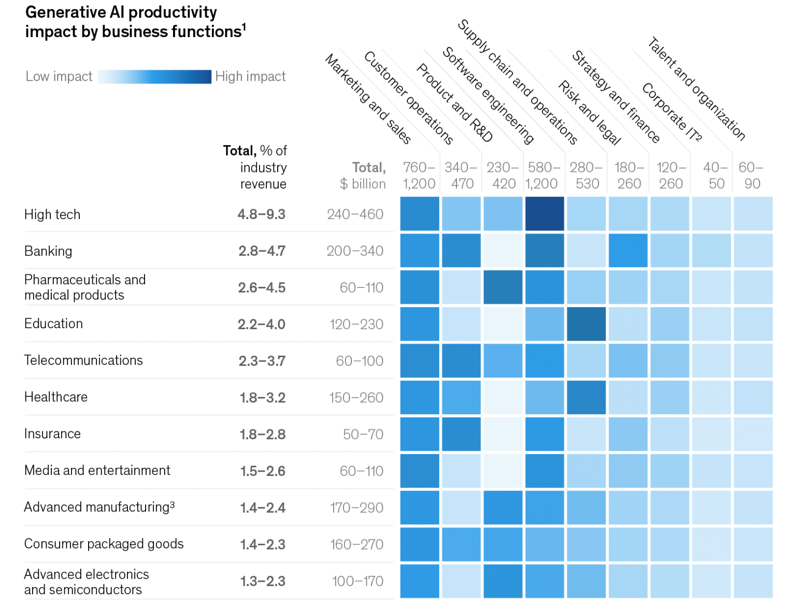In the ever-evolving business landscape, staying ahead necessitates more than mere innovation—it demands a strategic embrace of cutting-edge technologies. Enterprises venturing into the realm of next-generation AI, particularly harnessing Large Learning Models (LLMs) and Generative AI, stand poised to experience a significant surge in revenue. However, the key to unlocking these benefits lies not solely in adoption but also in a concurrent investment in the AI infrastructure that underpins these potent tools.
The Emergence of Next-Gen AI
As the capabilities of Artificial Intelligence continue to progress, enterprises are uncovering the vast potential of next-generation AI. LLMs, distinguished by their expansive scale and proficiency in understanding intricate patterns, and Generative AI, empowering machines to produce creative outputs, signify a paradigm shift in AI applications. From natural language processing to content creation, these technologies promise unprecedented advancements.
The Revenue Impact: A 2.6X Multiplier
Accenture Research's recent studies have shed light on a compelling correlation between enterprises adopting next-gen AI and substantial revenue growth. Those integrating LLMs and Generative AI are reported to be 2.6 times more likely to witness an impressive surge of 10% or more in their revenue streams. The potential lies not just in the adoption of these technologies but in how seamlessly they are integrated into existing operations.
LLMs, trained on extensive datasets, exhibit exceptional capabilities in natural language processing (NLP), allowing them to generate human-quality text, translate languages, and craft various forms of creative content. These capabilities find application in diverse areas, including content creation, customer service, and market research.
Generative AI excels in creating new content such as images, music, and code, making it invaluable for product design, personalised marketing, and drug discovery.
Investment Imperative: AI Infrastructure
While the allure of increased revenue is enticing, realising the full potential of next-gen AI demands a concurrent investment in AI infrastructure. The sheer computational power required to run LLMs and Generative AI is substantial. Enterprises must ensure that their infrastructure is not merely capable but optimised for handling the complexity and scale of these advanced AI models.
Constructing an AI-ready infrastructure comes with challenges—scalability, compatibility, and security are paramount concerns. Addressing these challenges necessitates a strategic approach, encompassing cloud-based solutions, robust hardware, and scalable architectures. Collaborations with AI infrastructure experts can streamline the integration process, ensuring that the technology not only fits but thrives within the existing business ecosystem.
Despite the immense potential of next-generation AI, enterprises must invest in their AI infrastructure to fully realise its benefits, including data infrastructure, computational resources, and AI talent.

Beyond Adoption: Maximising ROI
Adopting next-gen AI is not a one-time event but an ongoing process. Regular updates, monitoring, and fine-tuning are essential to keep pace with the evolving landscape of AI technology. Enterprises that invest in continuous learning and adaptation are better positioned to maximise the return on their AI investments, translating technological potential into tangible business outcomes.
A Future-Ready Enterprise
In the era of digital transformation, enterprises are tasked with not merely keeping up but leading the charge. Next-gen AI, with its potent capabilities, opens doors to unparalleled possibilities. However, the journey towards increased revenue and sustainable growth requires a holistic approach—one that combines adoption with a strategic investment in AI infrastructure. A future-ready enterprise isn't just AI-powered; it's AI-optimised, paving the way for a new era of innovation, efficiency, and revenue excellence.
Shakti Cloud extends cutting-edge capabilities to numerous organizations, businesses, AI researchers, and a myriad of startups nationwide, catering to their diverse AI and HPC use cases. It facilitates the training of large language models (LLMs) and the execution of various AI and HPC workloads within the country, addressing the escalating demands of Indian, Asian, and global markets at large.